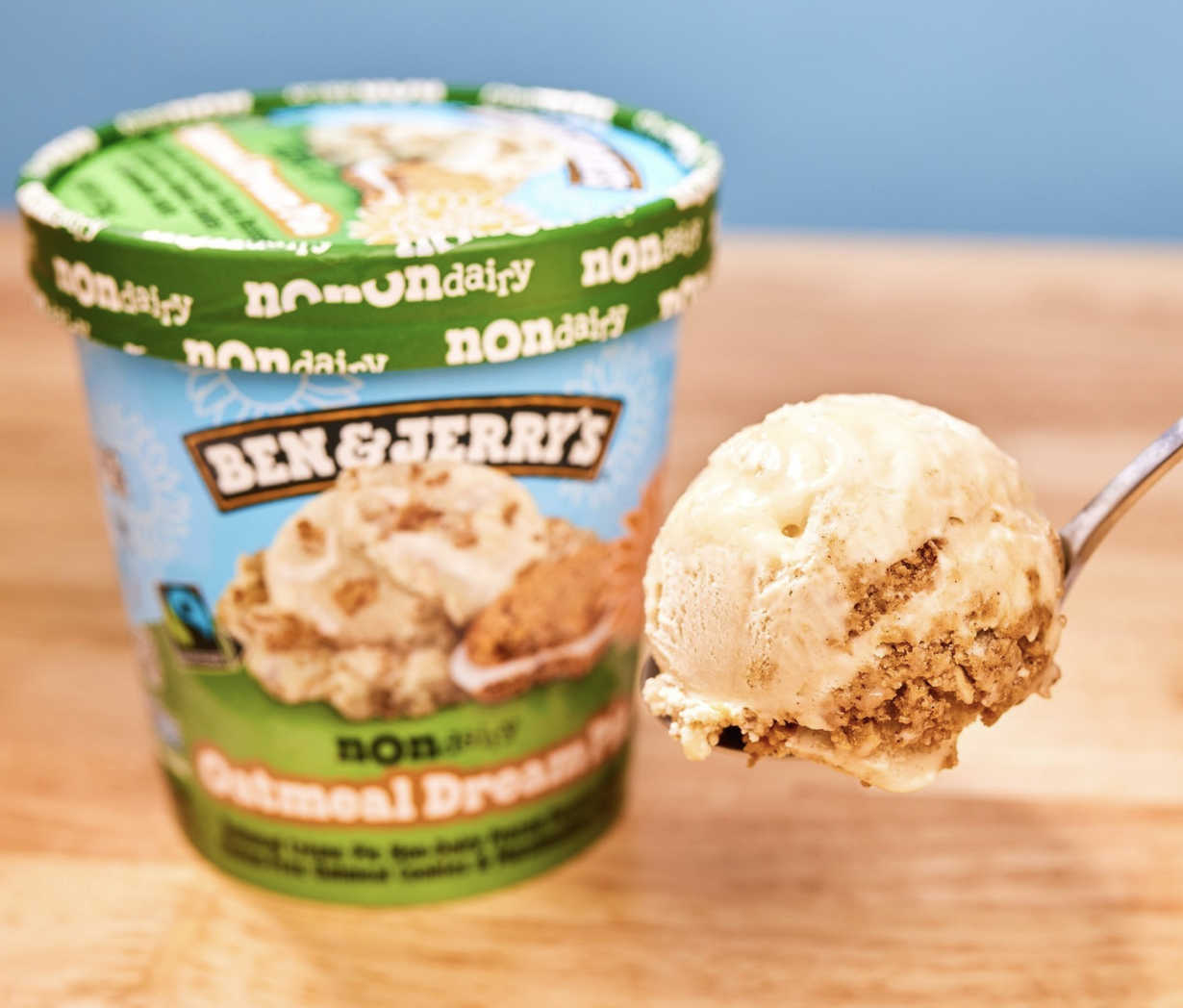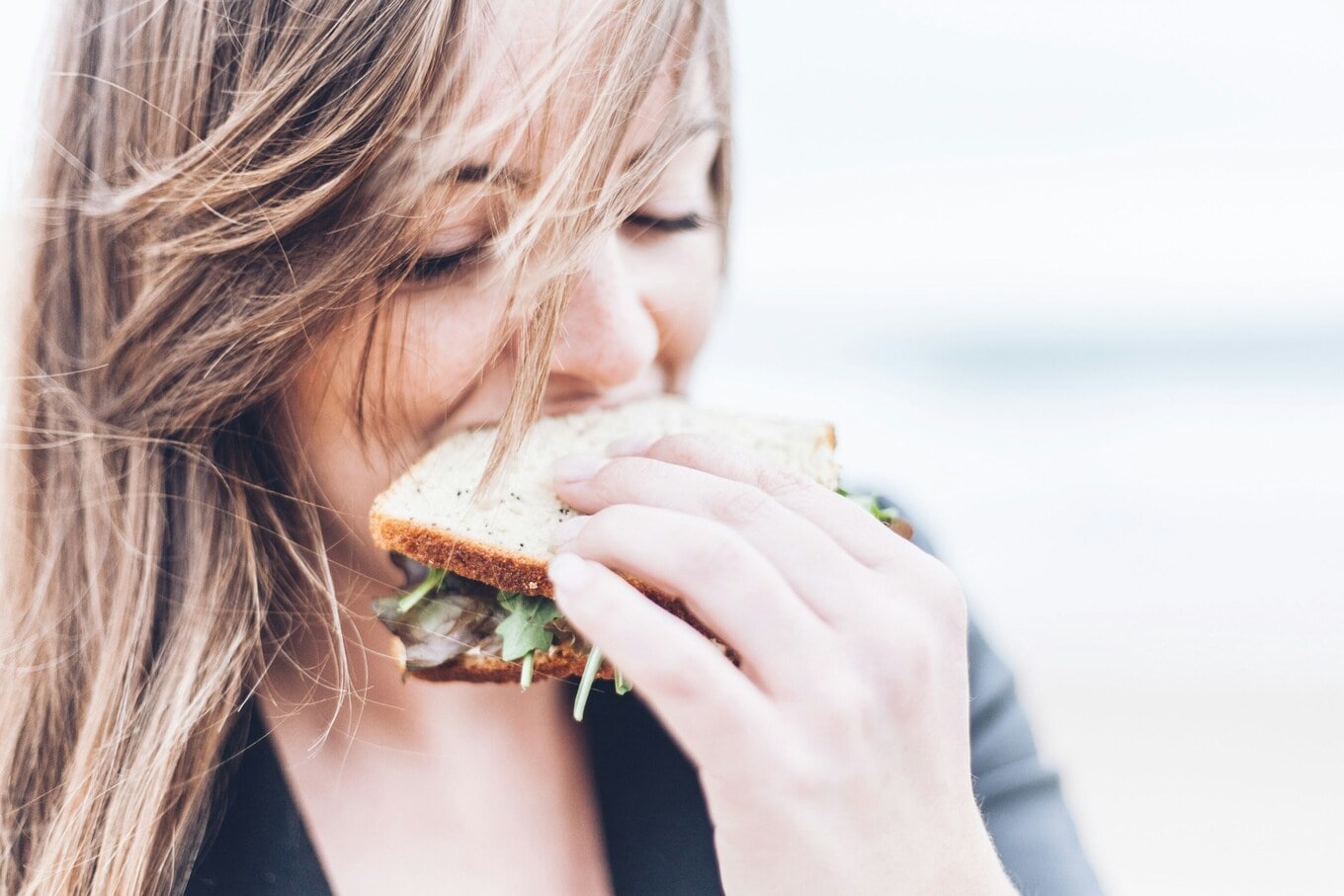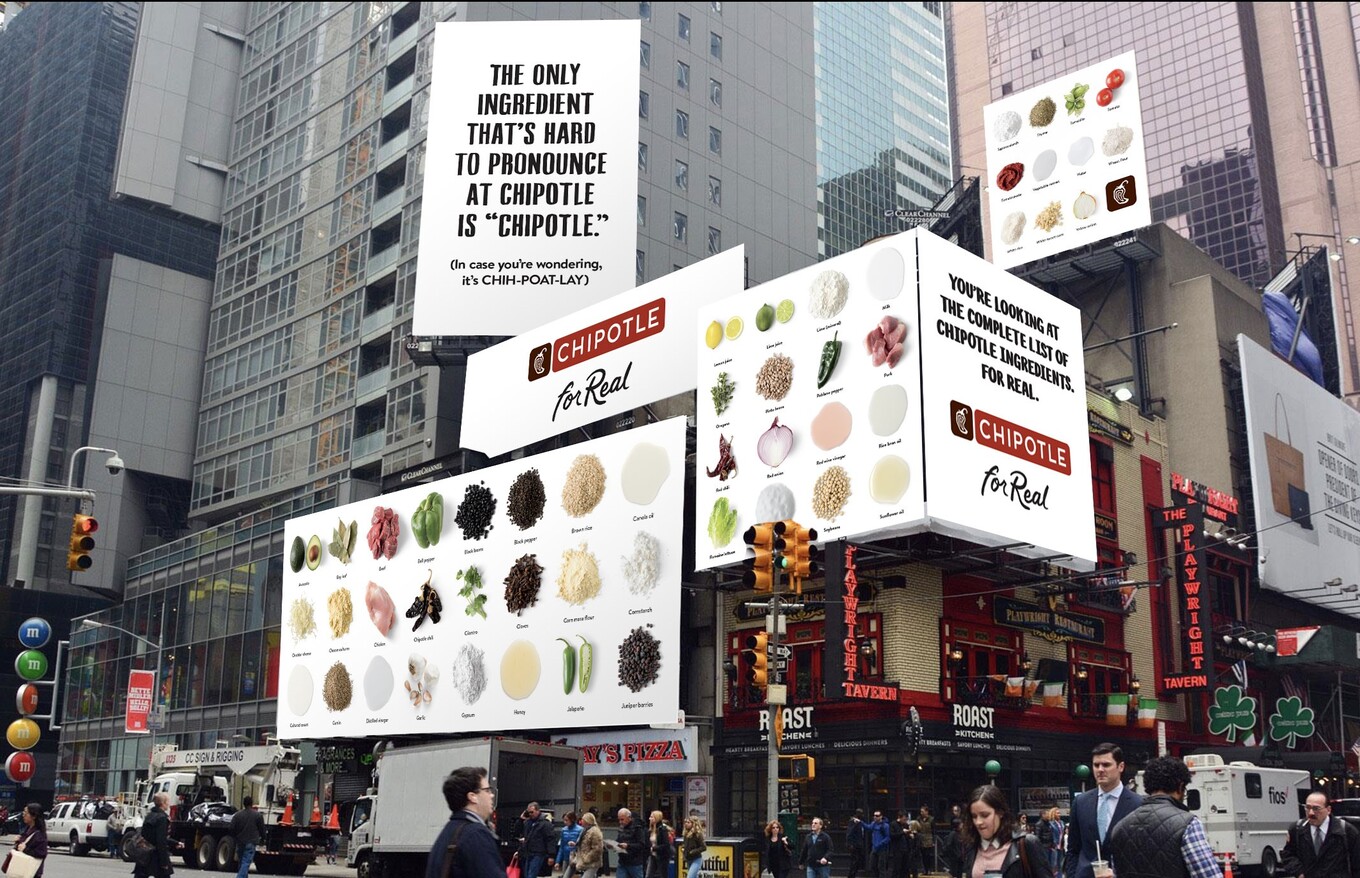Fried food is a common dietary staple in the West. In the US, up to 36 percent of the population eats fast food—much of which is deep-fried—every single day. And in the UK, where a traditional English breakfast is literally called a “fry-up”—eating fried food is a daily or weekly occurrence for many. But while frying can arguably improve the flavor and texture of food, it’s not the healthiest way to cook. So, how often can you eat fried foods without damaging your health? We spoke to two dietitians, Destini Moody, RDN, CSSD, LD of Garage Gym Reviews, and Kelsey Costa, MS, RDN, Science Communications Officer at Examine, to find out the answer to that million-dollar question.
Table of Contents
Is fried food always unhealthy?
The truth is, there is no straightforward answer to this question, it just depends. It depends on how the food is fried, what type of food is fried, what oil it’s fried with, and whether you cook it from scratch or buy it from a fast-food chain.
Fast food options are often ultra-processed, which essentially means they have undergone extensive industrial processing and contain numerous added ingredients. Take McDonald’s fries, for example. They are made with far more than potatoes and oil—they also contain additives, like dextrose and sodium acid pyrophosphate, and undergo multiple stages of industrial processing, from initial preparation to freezing and final frying.
Research suggests that this level of processing can have negative health consequences. In fact, regular consumption is associated with an increased risk of chronic conditions such as type 2 diabetes, heart disease, and certain cancers. We’re sorry to say it, but eating fried foods from fast food chains like McDonald’s is likely never going to be a healthy choice.
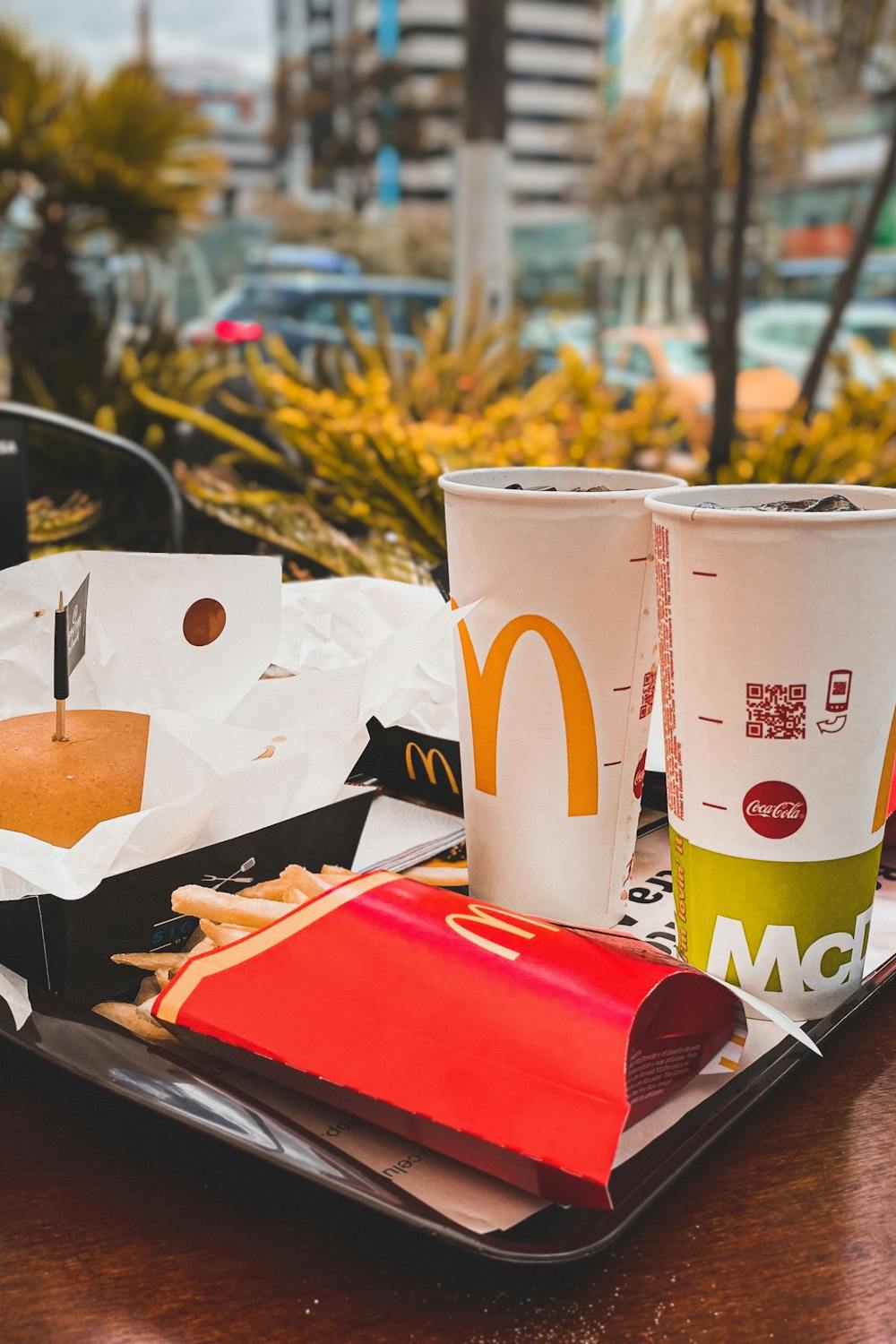 Pexels
Pexels
But even frying foods at home can come with health implications. “In frying, the oil serves as a heating medium and absorbs into the food, consequently raising its overall fat and calorie content,” explains Costa. She adds that the frying process may also lead to the formation of potentially carcinogenic compounds, like acrylamide.
The formation of acrylamide occurs through a chemical reaction between amino acids (asparagine) and reducing sugars (glucose and fructose) in the food. Research suggests that frying carbohydrate-rich foods at temperatures above 120°C (248°F) is particularly prone to producing acrylamide. Frying meats at high temperatures can also lead to the formation of mutagenic compounds called heterocyclic aromatic amines. These can cause changes in DNA, which may increase the risk of cancer.
On top of this, some frying oils, especially partially hydrogenated oils, contain trans fats. Trans fats are known to increase levels of bad cholesterol (LDL), which may raise the risk of heart disease. “It’s the worst type of fat you can eat,” says Moody. “While the USDA has specific recommendations around how many grams of saturated fat may be allowed in your diet, it is advised that you consume as little trans fats as possible.”
So far, the evidence is telling us that frying foods is a no-no for your health. But bear with us, it’s not all doom and gloom. If you don’t want to give up fried food, keep reading.
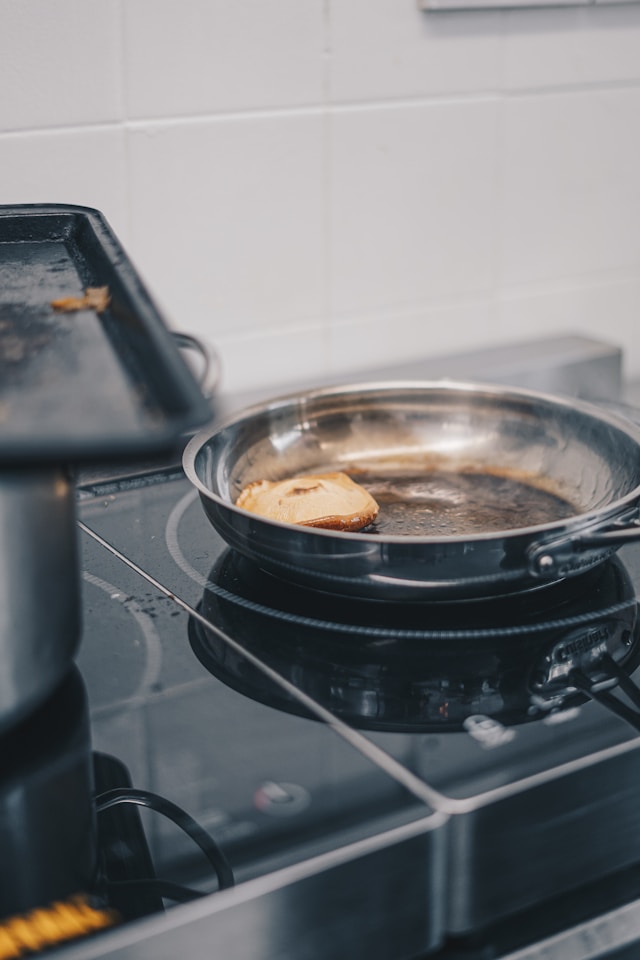 Unsplash
Unsplash
What is the healthiest way to fry food?
For those who love the taste and texture of fried food (which, research suggests, is most of us), there are healthier ways to indulge. “If you like the texture of fried food, you could try breading your food and then baking it at very high heat,” says Moody. “You can also try investing in an air fryer. It is a great way to minimize your exposure to the harmful effects of fried food while still getting the texture you are looking for.”
Air fryers are a relatively new invention—they first hit the market in 2010, and since then, the industry has expanded at a rapid rate. It’s not hard to see why; the kitchen appliances offer a way to enjoy the texture and taste of fried food, without many of the negative health implications. This is because, despite the name, air fryers don’t actually fry food at all. Instead, they work by circulating hot air around food in order to cook it.
“Air frying might produce a similar taste and texture to frying with oils while reducing the creation of harmful compounds,” says Costa, although she warns that it doesn’t completely eliminate the risk of chemical reactions. Indeed, research suggests that acrylamide may still be present, but there is significantly less than when using conventional frying methods. In fact, one study published in 2015 noted that air fryers may reduce acrylamide levels by 90 percent.
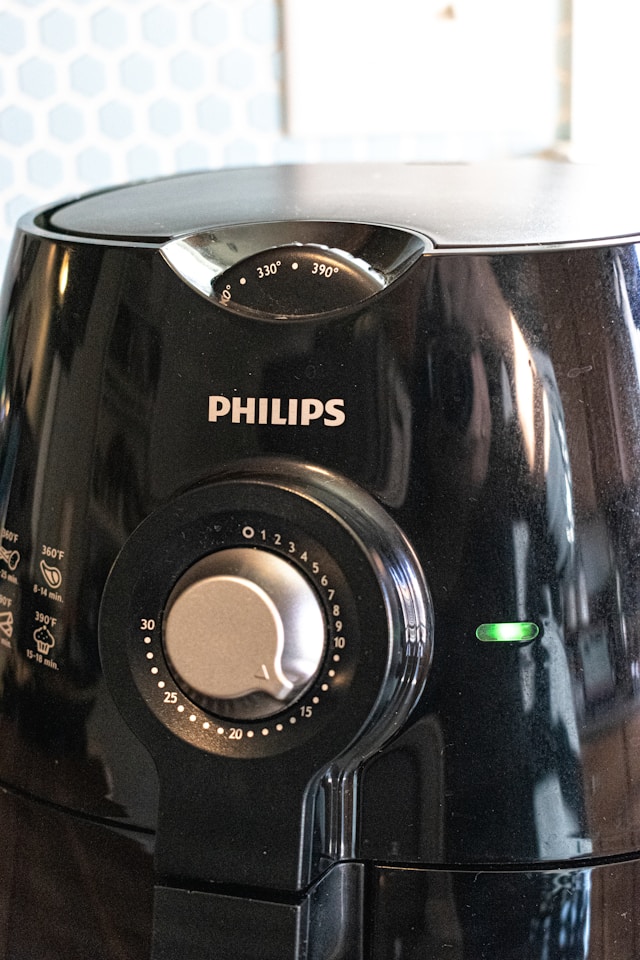 Unsplash
Unsplash
Healthier frying also comes from the oil you choose. Oils with higher smoke points and healthier fat profiles, such as olive oil, avocado oil, or canola oil, tend to be better than options like canola oil or corn oil, for example. However, Costa notes, more research is needed in this area. “One study showed that the smoke point wasn’t a reliable indicator of how well an oil resists oxidation when heated, contrary to popular belief,” she explained. “Resistance to oxidation and measurement of light absorbance in oils were better predictors when combined with the total level of polyunsaturated fatty acids under the study’s conditions.”
Based on this, Costa notes that extra virgin olive oil and coconut oil are two of the best choices. “The fatty acid profile and natural antioxidant content of extra virgin olive oil ensured the oil didn’t break down and produce harmful compounds as much when heated, unlike oils with high levels of polyunsaturated fatty acids, which broke down more easily,” she added.
And of course, how healthy your fried food is also depends on what you’re frying. High intake of processed meat and red meat, for example, are both associated with an increased risk of chronic disease. Vegetables, however, are good sources of essential vitamins and minerals, as well as antioxidants, which are beneficial plant compounds that may reduce the risk of chronic disease.
In fact, one study by the University of Granada in 2015 found that frying vegetables in extra virgin olive oil (EVOO) was actually better than boiling them. “As a heat transfer medium, the EVOO increases the amount of phenols in the vegetables, in contrast with other methods such as boiling, which use a water-based heat transfer medium,” said Cristina Samaniego Sanchez, an author of the study. Phenols are a type of organic compound with antioxidant properties.
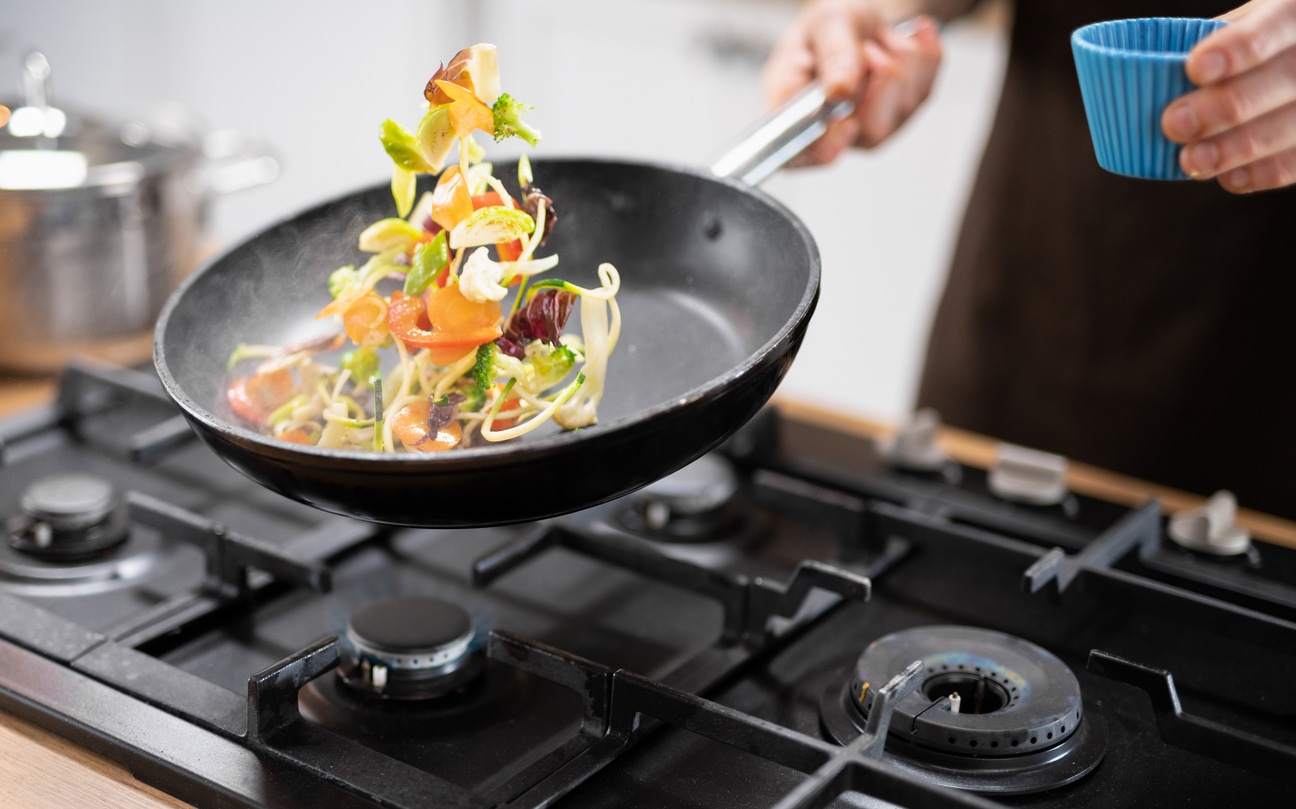 Tashi-Delek
Tashi-Delek
Is fried food okay in moderation?
Both Costa and Moody agree that while eating excessive amounts of fried foods can be detrimental to health, it doesn’t mean you have to give them up completely.
Ultimately, while health is undeniably important to consider when it comes to making food choices, we don’t always eat for this reason. Food can provide comfort and emotional satisfaction, and eating together can also be a good way to connect with others and socialize. Fried foods can also be important for cultural identity, too. Fried chicken (which can be made vegan!), for example, has deep roots in various culinary traditions around the world. And sometimes, food is just convenient. After all, nobody is really heading to McDonald’s for their health.
“As with many indulgent foods, moderation is the key when it comes to fried foods,” says Costa. “Occasional consumption of fried foods can be balanced within a healthy diet by making healthier food choices in your typical day-to-day life and limiting portion sizes when you do eat fried dishes.” Moody adds that “while it’s ideal to avoid these foods when you can, it’s still okay to indulge every once in a while.”


